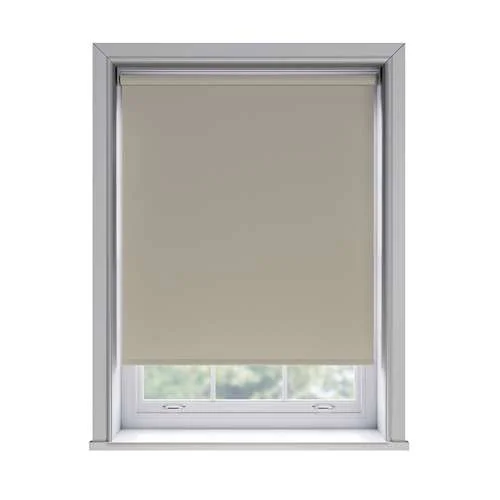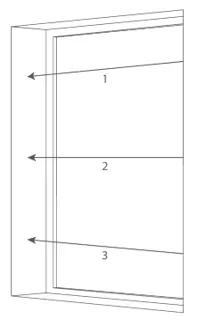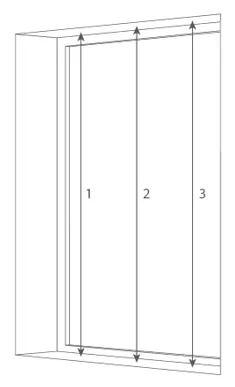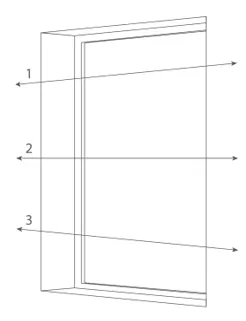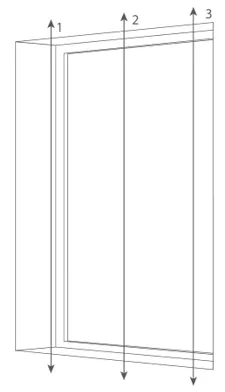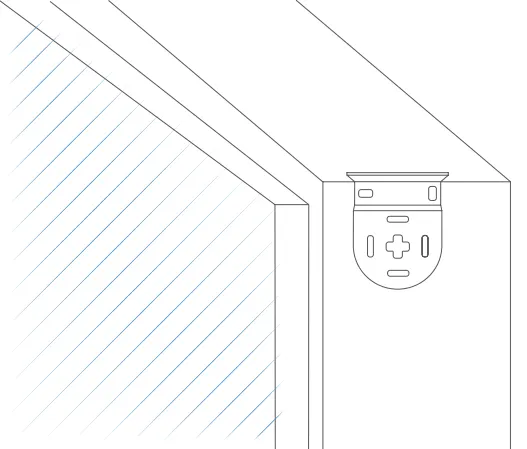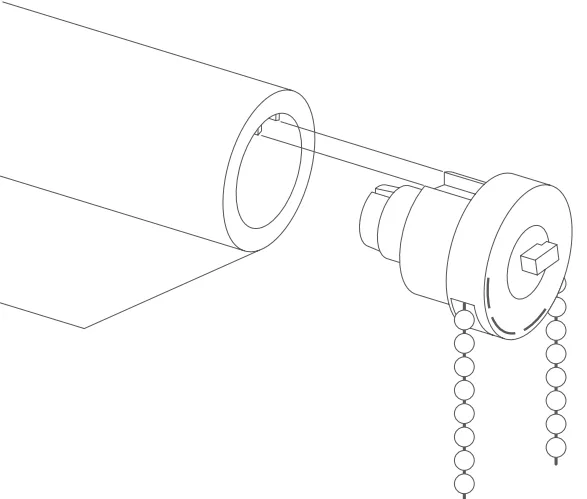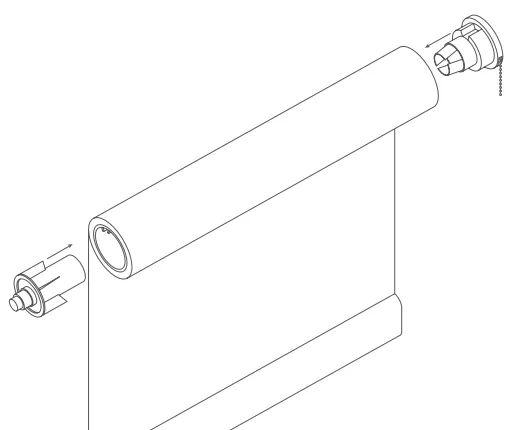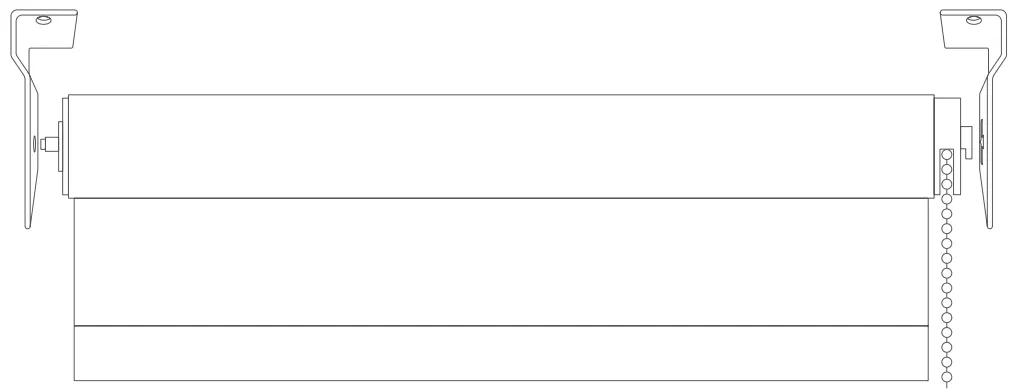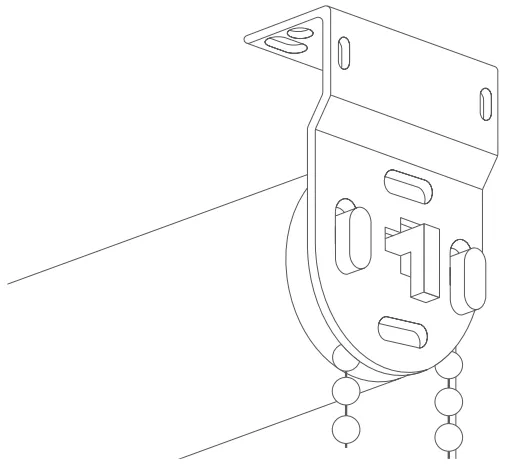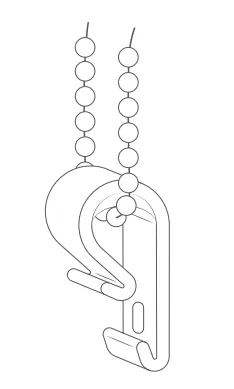Unity Linen Roller Blind
A soft, neutral beige that mimics the natural hue of linen fabric, bringing a touch of warmth and sophistication to any room. This versatile color complements a variety of decor styles, enhancing light spaces with its airy feel while seamlessly blending into darker settings for a cozy ambiance. The Linen shade adds an element of understated elegance, making it perfect for creating a relaxed yet stylish atmosphere in any home.
Roller blinds are a practical option for your windows, versatile enough to suit just about any room. Sleek and clean, they fit well with modern homes, without the bulk of other options. Roller blinds give your windows a variety of useful looks depending on how they are rolled up—fully, partially, or completely closed.
Available in a vast range of fabrics, colours, and patterns, our roller blinds can be customised to match any decor, whether you’re looking for something subtle or a bold statement piece. Whether you need blackout blinds for the bedroom, sheer options for the living room, or something in between, our collection has something to suit every style and function.




